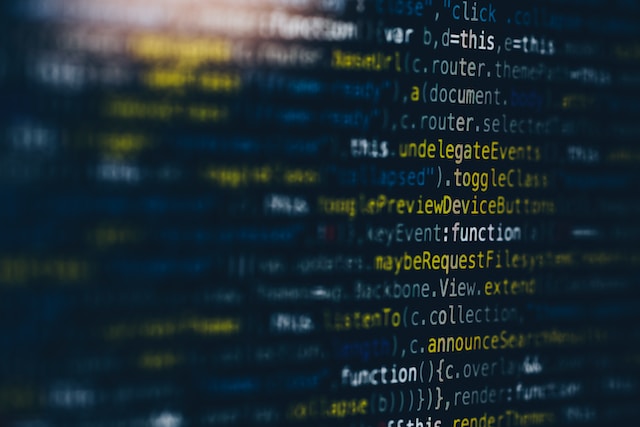Exploring the Future of the World Wide Web: Web 3.0

The World Wide Web has come a long way since its inception, and now we stand on the brink of a new era – Web 3.0. In this article, we’ll take a closer look at what Web 3.0 is all about and how it could shape the future of our online experiences.
Understanding Web 3.0
Web 3.0 is not just another upgrade; it’s a revolutionary shift in how we interact with the internet. Unlike its predecessors, Web 3.0 focuses on decentralization and user empowerment. This means less reliance on central authorities and more control in the hands of the users.
Blockchain Technology: The Backbone of Web 3.0
At the heart of Web 3.0 lies blockchain technology. You might have heard about it in the context of cryptocurrencies like Bitcoin, but its application goes far beyond that. Blockchain ensures a secure and transparent environment, making data manipulation and unauthorized access more challenging.
Decentralized Applications (DApps): A New Frontier
Web 3.0 introduces us to a new breed of applications – Decentralized Applications or DApps. These applications run on a peer-to-peer network of computers, eliminating the need for a central server. This not only enhances security but also reduces the risk of downtime.
Enhanced Interoperability: Connecting the Dots
Web 3.0 aims to break down the silos that exist between different online platforms. Improved interoperability means smoother communication and data exchange between applications and services. Imagine seamlessly transferring your data and preferences across various websites without the need to start from scratch each time.
Smart Contracts: Automating Trust
Smart contracts are a game-changer in Web 3.0. These self-executing contracts use code to enforce and automate the terms of an agreement. By removing the need for intermediaries, smart contracts reduce costs and enhance trust in online transactions.
The Role of Artificial Intelligence (AI)
Web 3.0 is not only about decentralization; it’s also about making the internet smarter. Integrating artificial intelligence into the fabric of the web enables personalized experiences, predictive algorithms, and more efficient search functionalities.
Challenges on the Horizon
While Web 3.0 holds immense promise, it’s essential to acknowledge the challenges it faces. Issues related to scalability, user adoption, and regulatory concerns must be addressed for the widespread acceptance of this transformative technology.
Conclusion
As we anticipate the full realization of Web 3.0, the internet is on the cusp of a profound transformation. Decentralization, blockchain, DApps, and AI are steering the ship towards a more user-centric, secure, and interconnected digital landscape. The journey has just begun, and we’re poised to witness a new chapter in the evolution of the World Wide Web.




